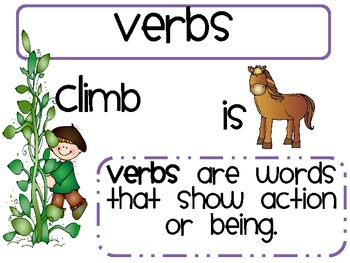You are going to practice using the dictionary to classify words into the two different ways in which "ow" and "ou" words are pronounced. For example we have the /au/ or /ou/ sound you hear in CLOWN, or the /ow/ or /oh/ sound you hear in THROW.
The letters in red represent phonetic symbols which tell us how the word sounds and you will see them in a dictionary.
If you look for the word "clown" in the dictionary you may find a symbol like this [kloun] which represent how you shoul pronounce the word with "au" pronunciation. If you look for "throw" you will find [throh] which means that this word is pronounced with the "ou" sound.
Here you have al list of words. Get into http://www.dictionary.com/ and check out the words in the list.
In your notebook classify them into two columns:
"/ow/-/oh/ sound" "/au/ -/ou/ sound"
Here are the words to check:
1. about 11. loud
2. crown 12. town
3. blow 13. found
4. town 14. count
5. blow 15. pounce
6. cow 16. shout
7. cloud 17. mouth
8. round 18. low
9. bound 19. south
10. mount 20. slow
When you finish, click on the link below and check if you can do the quiz:
https://www.spellzone.com/unit15/page1.cfm
Play a spelling game at:
http://www.bbc.co.uk/schools/wordsandpictures/phonics/sandcastle/flash/game.shtml
martes, 7 de junio de 2016
viernes, 25 de marzo de 2016
Reading Practice - Don't Forget
Just
wanted to remind you that it is very important that you read at least
10 minutes in a loud voice, every day. For those who doesn't have books
to read in English at home, here is a link to a nice story. Read it
aloud please! In the same site, you will be able to find other stories. I
hope you like it.
http://www.magickeys.com/books/invis-allig/index.html#pictop
Another good practice is singing in English. Go to the songs section and sing! sing! and have fun.
http://www.magickeys.com/books/invis-allig/index.html#pictop
Another good practice is singing in English. Go to the songs section and sing! sing! and have fun.
lunes, 22 de febrero de 2016
Using the dictionary - Synonyms and Antonyms - Plurals
Synonyms are two different words that have the same meaning or nearly the same meaning:
beautiful - pretty
Antonyms are two different words that have opposite meanings:
tall - short
Today you will complete the following chart. Follow the instructions.
1. copy the chart in your notebook.
2. Find the meaning of the words in dictionary.com in this blog page.
3. Find a synonym and an antonym for each word.
4. Write the information in your chart.
2. PLURALS
In general, you add "s" or "es" to make the plural of nouns. Can you think of some examples to this rule? Click on the link below and do the activity to test your knowledge. In your notebook copy 10 examples.
beautiful - pretty
Antonyms are two different words that have opposite meanings:
tall - short
Today you will complete the following chart. Follow the instructions.
1. copy the chart in your notebook.
2. Find the meaning of the words in dictionary.com in this blog page.
3. Find a synonym and an antonym for each word.
4. Write the information in your chart.
|
WORD
|
MEANING
|
SYNONYM
|
ANTONYM
|
|
HIGH
|
|
|
|
|
LARGE
|
|
|
|
|
AMAZING
|
|
|
|
|
INTERESTING
|
|
|
|
|
UGLY
|
|
|
|
|
STRANGE
|
|
|
|
2. PLURALS
In general, you add "s" or "es" to make the plural of nouns. Can you think of some examples to this rule? Click on the link below and do the activity to test your knowledge. In your notebook copy 10 examples.
3. SPELLING PRACTICE
When you are done, click on the link below and practice spelling different words:
lunes, 11 de enero de 2016
GRAMMAR ACTIVITY FOR TUESDAY, JANUARY 12th., 2016
We are starting block 3, but it is important that you have a clear idea of what a noun, a verb, and an adjective are.
On your block page you are going to write:
A. Your name and the date.
B. The title: "Computer Lab Activity 1- Block 3"
C. Answer the following questions:
1. What is a noun? Give one example.
2. What is a verb? Give one example.
3. What is an adjective? Give one example.
D. Now, observe the following words. Then follow the instructions.
|
girl
|
green
|
table
|
little
|
|
jump
|
school
|
laugh
|
store
|
|
large
|
write
|
paper
|
sleep
|
|
grow
|
parent
|
funny
|
dog
|
|
ugly
|
kick
|
sing
|
pretty
|
|
ocean
|
scary
|
round
|
go
|
E. In your block, make a chart with three columns:
|
NOUNS
|
VERBS
|
ADJECTIVES
|
|
|
|
|
F. Classify the words and put them in the right column.
G. Write three sentences using the nouns, verbs, and adjectives in the chart.
Remember that you need to work together with your partner!
Good luck!


Suscribirse a:
Comentarios (Atom)
